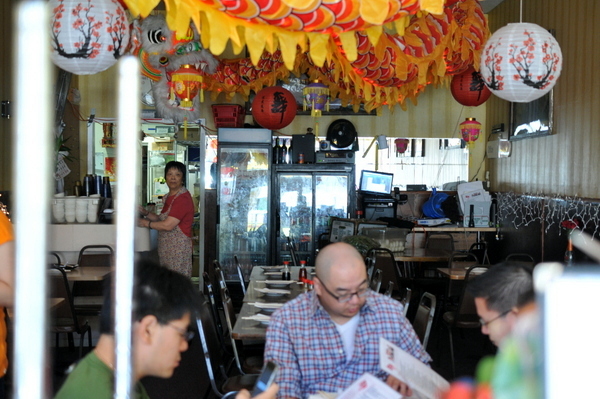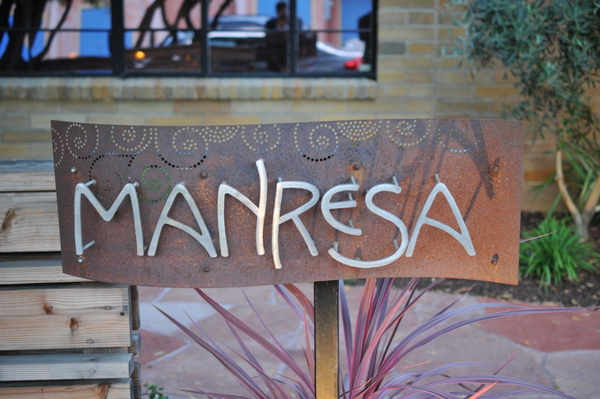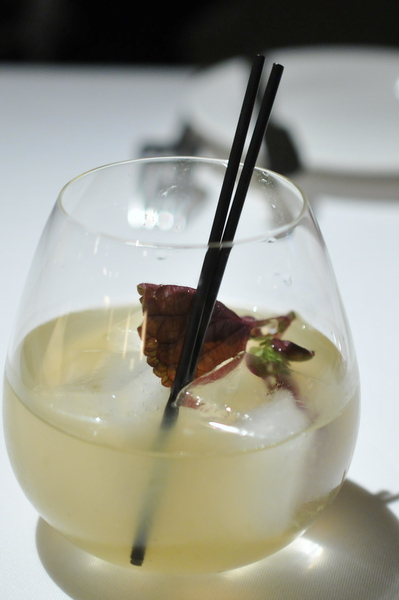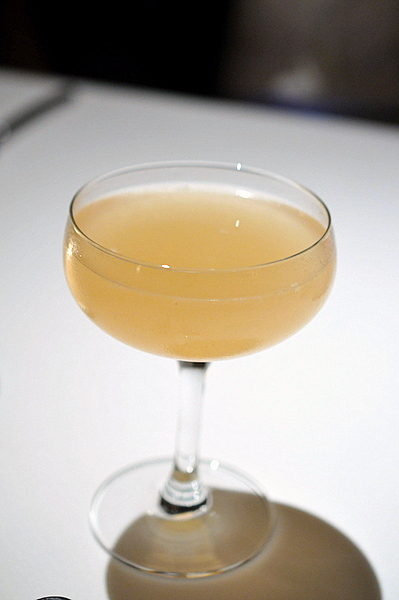San Francisco, CA 94105
(415) 541-4949
Perhaps I'm a bit biased but I think the SGV has the best dim sum in the US though from what I've heard Koi Palace and Yank Sing compare favorably. Koi manages to stand out through a selection of distinctive offerings not found at many restaurants and I quite enjoyed the food on my visit last year. Yank Sing doesn't have the progressive flourishes that Koi has on its menu, but it certainly does have the weight of history in its favor. The restaurant was opened by Alice Chan in 1958. Her son Henry started working in the restaurant at the age of 9 and moved it from its original home to the financial district in 1974. Today Vera Chan-Waller can be found in the kitchen continuing her family's tradition.
Shanghai Dumpling
Odd that a Cantonese restaurant known for its dim sum would list Xiao Long Bao as their signature, particularly one that was wholly mediocre. The skin was a touch drier than I would have liked but other than that the dumpling was fairly standard.

Honey Baked Seabass - $19.00
Not a traditional dim sum item, but the straightforward presentation kept this from feeling progressive either. The fish was dense and flaky while the honey provided a nice contrast to the flavor of the soy.

Turnip Cake - $4.95
I have been spoiled by the turnip cakes my parents made at home. To be fair this preparation did have an enjoyable texture but the sparse filling made it a bit monolithic.

Shrimp Dumpling - $6.10
Har Gow is one of the staples I use to judge any dim sum restaurant and Yank Sing finally manages to impress thanks to the spot-on texture of the skin and bountiful filling perfectly cooked shrimp.

Pork & Shrimp Siu Mye - $6.10
Another fundamental element of dim sum these were hefty examples of siu mye filled with dense pork interspersed with snappy bits of shrimp.

Szechuan Chicken - $8.40
This was one of the weaker dishes of the meal. The spice was fairly mild and the chicken itself was dry; bland and boring it was difficult to eat the entire plate.

Sweet Rice Dumpling - $9.90
When piping hot these are one of my absolute favorites, these came to the table tepid at best though to their credit at least there was a lot of filling.

Scallop Siu Mye - $5.25
Kind of mixed on this one, the scallop was a little overdone but at least the morsel had a nice umami savor to it.

Steamed BBQ Pork Bun - $4.95
I would have preferred the baked BBQ pork bun but they were sold out for the day. The steamed buns had nice airy dough but the kitchen was shockingly stingy with the BBQ pork.

Steamed Spareribs - $4.95
It seems Yank Sing's strength lies with the classics, the spareribs had a nice balance of fat and lean meat; the former gave the ribs a good flavor while the latter provided a nice snappiness to the meat.

Chicken Feet - $4.95
Classic chicken feet, drenched in sauce, the feet have a distinctive texture thanks to their intricate preparation that includes deep frying, steaming, simmering and stewing.

Beancurd Roll - $4.95
Wrapped in the stringy yuba is a mix of lightly springy mix of cooked vegetables this would have been better but the sauce was a touch thin and the relatively mild filling definitely needed some help.

Sautèed String Beans - $8.00
A solid dish, the beans had a pliant but slightly snappy texture and an inherent vegetal sweetness that paired nicely with a lingering spice.

Peking Duck (by the slice) /w Bun - $5.70
At $5.70 EACH, our four buns cost a whopping 22.40, enough to get you the entire bird at some places. Setting aside price for a moment, the duck wasn't even fresh. The meat is pre-sliced and pushed around on a cart so by the time we got ours the skin wasn't crispy and the fat had congealed. To add insult to injury, the staff didn't want to give us our last bun since they typically serve them 3 at a time and we ordered four pieces, might I suggest not selling them individually then.


Sesame Ball - $10.50
These are one of the more popular desserts, but I've never really cared for them. These were well done and generously filled with mung bean paste, but I didn't find anything particularly noteworthy about them.

Egg Custard Tart - $10.50
I absolutely have to have egg custard tarts before I consider a meal of dim sum complete. The custard itself had the right balance of egg and sweetness but the crust needed to be flakier. Inexplicably, Yank Sing charges $10.50 for the desserts which are should be among the cheapest items available, with prices as low as $2.17. When she heard the price, a friend asked if it was the Swallow's Nest Egg Tart that is apparently all the rage in HK; sadly it was not.

I came to Yank Sing with high hopes, but the food is mediocre at best and certainly not up to the level of my favorites. Given its location, I suspect the restaurant caters mainly to gwailo on expense accounts and gullible tourists like me and my friends. I know I harped on the price which isn't normally an issue for me, but the obscenely high prices merit mention. It was especially galling to pay $50 per person knowing that a comparable meal back home might cost as much for all four of us. Lackluster food at an astronomical price, there is absolutely no reason to visit Yank Sing if you are paying for it yourself.
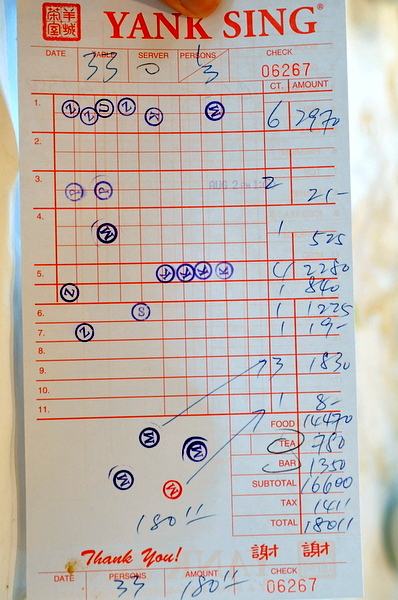
Read more.

